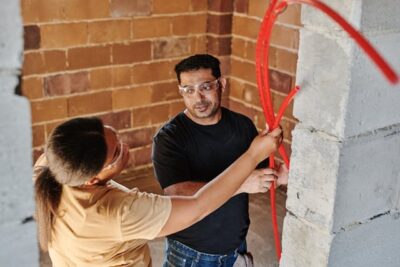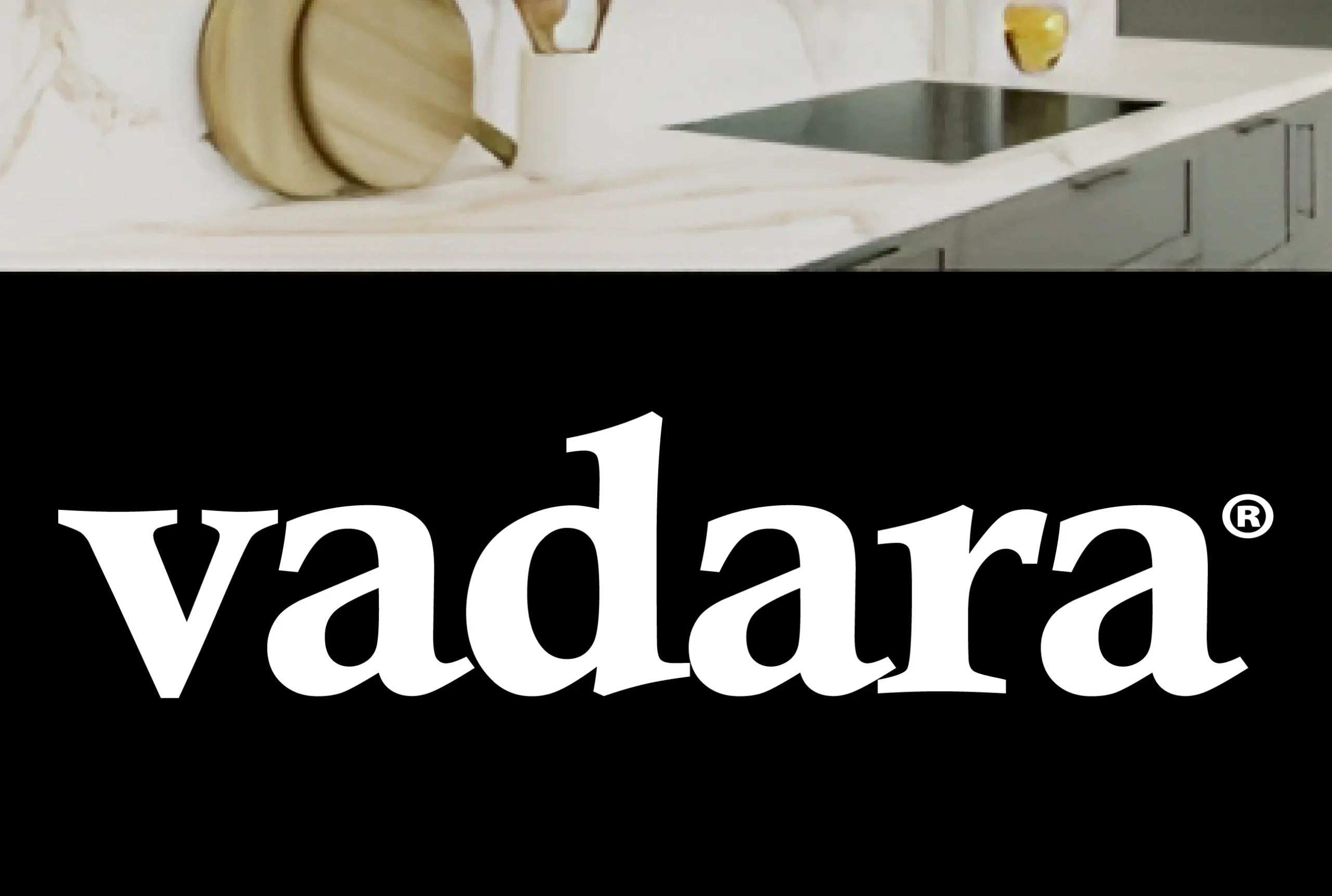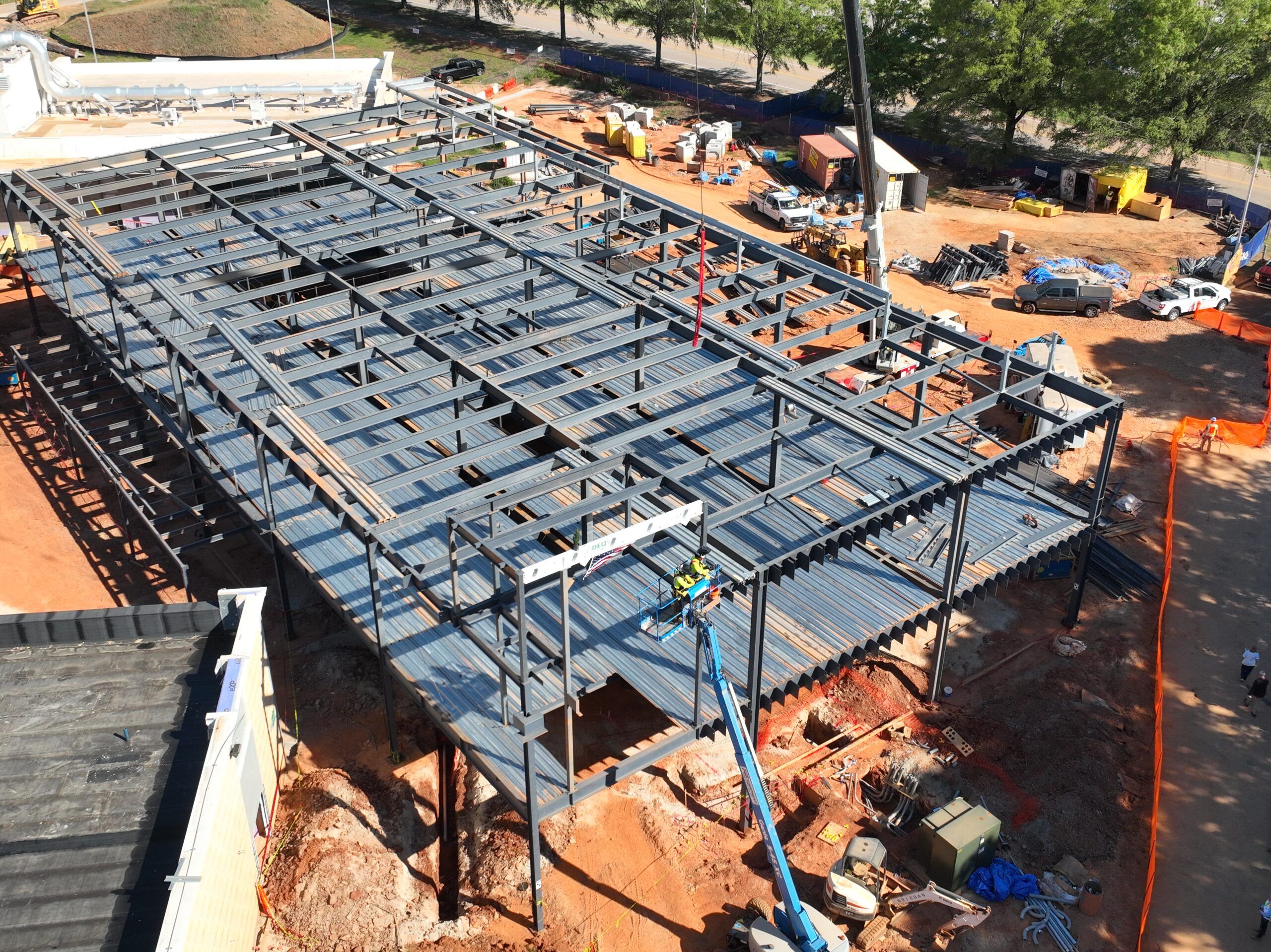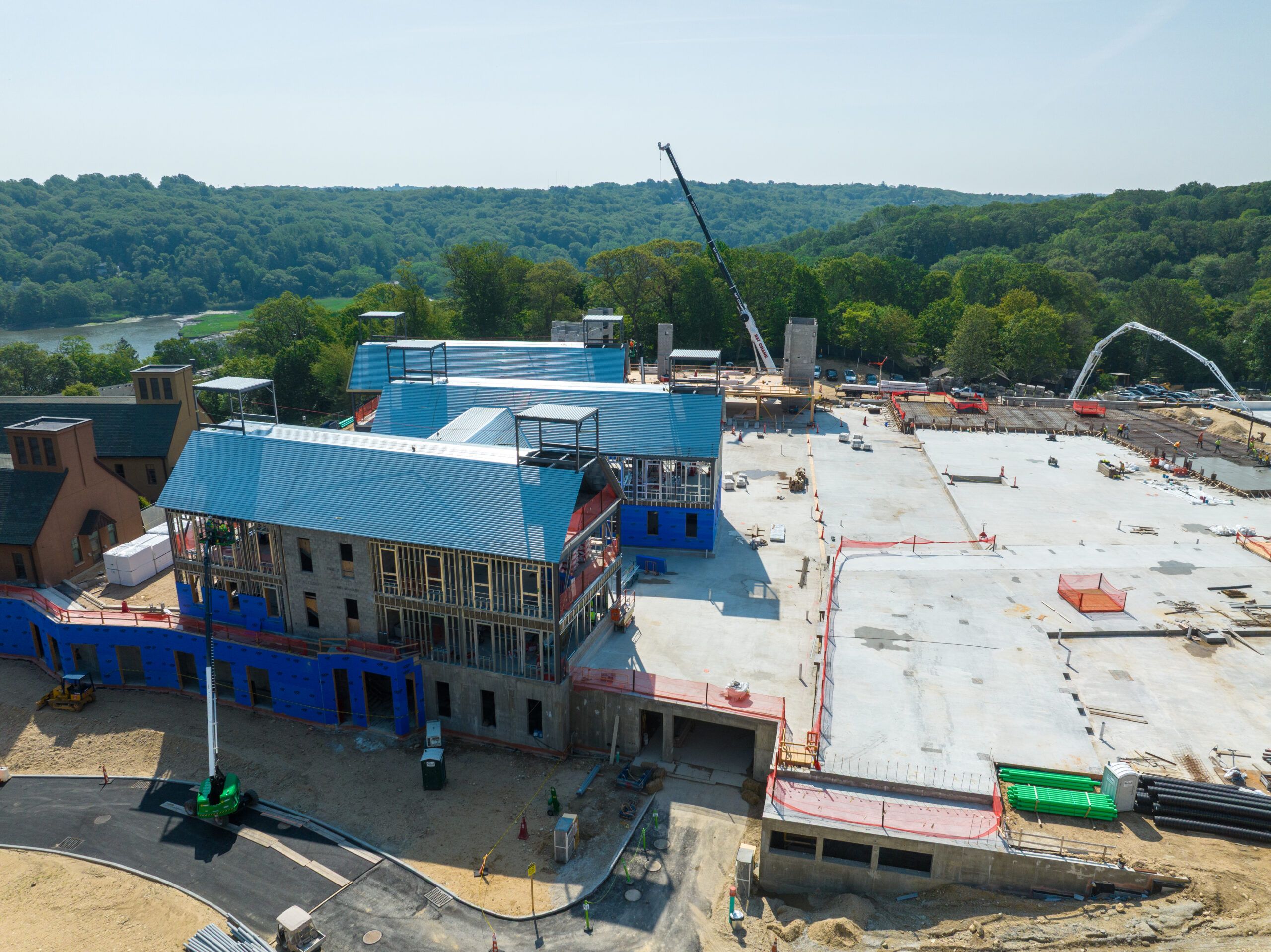Your home’s exterior is the first thing people see, and whether you’re welcoming guests or planning to sell, it sets the tone for what’s inside. That’s why updating your home’s outward appearance can go a long way in boosting curb appeal and overall value. It’s not just about looks. It’s also about durability, protection from the elements, and low maintenance over time.
These days, you don’t need a massive construction overhaul to breathe new life into your home. With the variety of modern building materials available, you can create a custom look that reflects your style while sticking to your budget. From siding to trim to masonry finishes, you’ve got more choices than ever to make your exterior work for you. One option that continues to gain popularity is stone, but not in the heavy, traditional sense you might expect.
If you’re looking for a timeless, upscale look without the bulk or cost of full masonry, there’s a smarter, more accessible alternative.
Add Elegance Without the Weight
Natural stone has long been admired for its earthy charm and rugged elegance, but traditional stone can be expensive and heavy, not to mention difficult to install. That’s where modern alternatives come in. If you want to achieve the same aesthetic with less hassle, stone veneer is a standout option. It gives you the appearance of natural stone while being lightweight and easier to work with. Whether you’re updating a chimney, creating an accent wall, or redesigning your entryway, thin stone cladding is incredibly versatile.
What makes it even more appealing is how it balances beauty with performance. Many homeowners use it to frame front doors or add texture to exterior walls, instantly upgrading the home’s facade. Plus, it holds up well in varying weather conditions, so it’s not just for looks. It’s built to last. Suppliers can even help you select the right type of veneer and color profile to match your home’s style, making the whole process smoother. It’s a smart investment for anyone who wants the timeless look of stone without dealing with the installation challenges of real rock.
Siding That Combines Style and Durability
Your siding does more than cover your walls. It defines your home’s personality. Whether you prefer a modern, rustic, or traditional look, there’s a siding material that can bring your vision to life. Vinyl siding is still one of the most common choices because it’s cost-effective and easy to maintain. It comes in countless colors and textures, so you’re not stuck with a cookie-cutter look.
If you’re aiming for something a bit more refined, fiber cement siding offers a strong, long-lasting alternative. It can mimic the look of wood or even stone, but it’s resistant to fire, pests, and rot. Then there’s wood siding, which offers a warm, natural appearance, but keep in mind it needs more upkeep to stay in good shape.
When choosing siding, think about how it pairs with other materials on your home’s exterior. A great design often comes down to how well everything works together, from the colors to the textures.
The Details Matter: Trim, Shutters, and Accents
It’s easy to overlook the smaller exterior features, but these details can make a huge difference in your home’s overall look. Trim, shutters, and molding act like the finishing touches that tie everything together. They add contrast, define the edges, and highlight architectural features that might otherwise go unnoticed.
Updating trim with bold, clean lines can give your house a sharper appearance, especially when you choose colors that contrast with your siding. Adding shutters, whether they’re functional or decorative, can bring a cozy, traditional touch. You don’t need to go overboard, either. Even replacing weathered molding or adding a fresh coat of paint to your existing features can completely shift your home’s vibe.
These are small upgrades that don’t require major construction but deliver strong visual impact. Best of all, they’re budget-friendly and easy to update later if you want a fresh look down the line.
Roofing That Supports Both Form and Function
Roofing often gets attention only when there’s a leak or damage, but it plays a major role in your home’s appearance, too. In fact, the right roofing material can enhance the architecture of your home and contribute to its overall aesthetic.
Asphalt shingles are a go-to for many homeowners because they’re affordable and available in a wide range of colors. But if you’re after something more distinctive, consider architectural shingles—they add depth and texture to your roofline. Metal roofing is another great option, especially for those who want long-term durability and energy efficiency. It reflects sunlight, lasts for decades, and works well with modern and farmhouse-style homes.
When selecting roofing materials, think about how they complement the rest of your exterior. A well-chosen roof can pull together your home’s style and protect it for years to come.
Blend Materials for a Unique Exterior
Why settle for just one material when combining textures can give your home a custom, high-end look? More and more homeowners are mixing siding, stone surfacing, wood, and metal to create layered exteriors that catch the eye.
Pairing thin stone cladding with horizontal siding, for instance, can create a bold contrast that makes your home stand out. Or you might choose a wood-look trim to soften the edges of a metal-sided home. Mixing materials adds depth and personality, but it’s important to strike the right balance. Too much variation can look chaotic, while a thoughtful mix feels cohesive and intentional.
To get the best results, it helps to plan your palette ahead of time and look at examples of what’s worked well on homes similar to yours. You can even use online design tools to preview how different materials look together.
Transforming your home’s exterior might sound like a big project, but you don’t have to do it all at once. Start with one feature that will make the most impact. Updating your entryway with a stone facade, swapping out old siding, or installing new shutters are all great ways to begin.
The key is to think about what matters most to you: style, maintenance, energy efficiency, or durability, and choose materials that align with those priorities. Don’t rush the process. Look at homes in your neighborhood, gather inspiration online, and consider talking to a local supplier or contractor to explore your options.
Your home’s exterior is your chance to tell a story before anyone steps inside. With the right materials and a bit of planning, you can turn an ordinary facade into something truly special. Start where it makes sense, and build from there. You’ll be surprised at how much a few changes can transform the whole picture.












